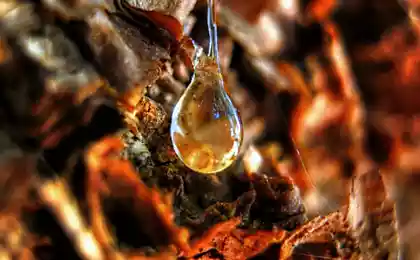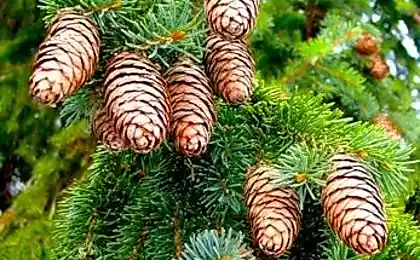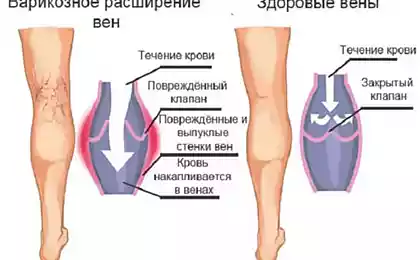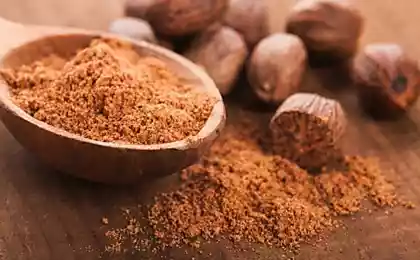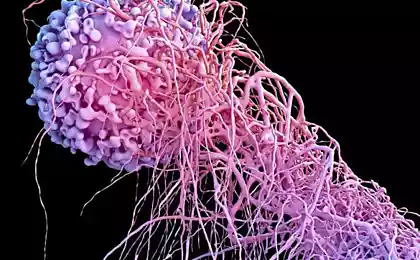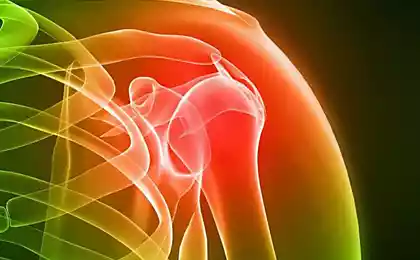410
The healing power of resin
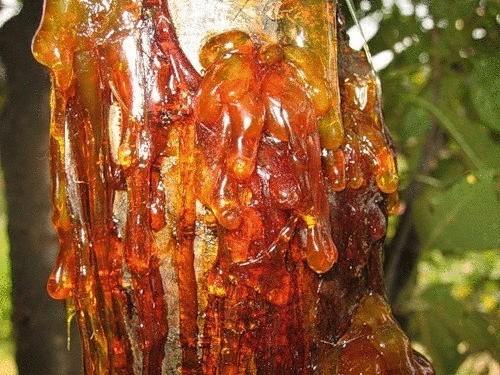
There was a case. In the mountains Sergey seriously injured finger on his right hand, and doctors and necessary medicines was not. Time has been lost the infection has led to severe inflammation and suppuration of the wound. When he a few days later back in town, had to go to the hospital. But late treatment did not help, gangrene. The doctors came to the unanimous opinion: to save the hand can only amputation of a finger. The verdict plunged Sergey – a professional musician – in despair: it would be the collapse of his entire career!
Before the operation he complained about their fate to the elderly woman walking down the yard of the hospital. Learning about the misfortune, she reassured: "don't worry, son! Come on, I'll show you." She led him to the pine, which grew near, and pointed to already frozen drip of resin. "SAP is what you need! You have to put it to the wound. Can liquid and this is solid: crushed into powder and sprinkled sore spot."
Said – done... And the next morning – a miracle! the inflammation subsided so that the surprised the doctors decided amputation to wait and once again thoroughly cleaned the purulent wound. As a result, next day the inflammation has flashed with new force. It appeared the doubts have disappeared: only amputation! And then Sergei, already believed in the miraculous power of resin, simply ran away from the hospital. In a week the active treatment of pine resin, he returned to the doctors. They do not believe their eyes: a hopeless wound completely cleansed, dry and beginning to heal with new skin...
It is also interesting reminiscence of the war years: "During the war we got to the field hospital often lacked even basic medicines. You cannot imagine how many wounded we saved the Queen! Not only the wounds treated her, but also gave to chew pine resin. And "vitamin tea" was prepared. Boiled in cauldrons and needles this healing broth is not only fed poor, but washed the wound, soaked the bandages".
From gum powder or plaster with a thick, viscous SAP any wound heals in just a few hours. Angina enough to put in his mouth a piece of gum and sucked or chewed as chewing gum. One or two days and the sore throat can be forgotten. And "gum" the saliva heals the gums, and once in the stomach, very well tighten internal ulcers...
Long remembered
Oleoresin, this oozing from damaged coniferous tree resin (scientifically – turpentine), and looks like fresh honey. Viscous and extremely sticky oleoresin is absolutely not soluble in water, but soluble ordinary vegetable oil. Stained resin hands or tools simply wipe with oil, then wash with soap and water.
SAP its in Russia called no wonder. Damaged coniferous trees – cedars, pine, spruce, larch, fir – with this sticky juice heal, heal their wounds, protecting the wood from the penetration of bark beetles, fungi and other harmful influences.
The healing properties of gum known to mankind for many millennia – at least since the time of Ancient Egypt. For many centuries it was widely used for compresses and poultices, bleeding, to heal wounds and various ailments. It and lung diseases, and rheumatism, digestive disorders, urinary infections, burns, ulcers, various skin diseases, etc. IN the SIXTEENTH century, turpentine was widely used for treatment of plague, as a pair of turpentine (and it is made out of resin) have a bactericidal action. The inhabitants of Siberia and the Urals have for centuries used resin for pain relief and faster wound healing, to treat abscesses, boils, ulcers, burns, cuts, snake bites. Fractures gum smeared the location of the injury and the bone will grow together. Cedar SAP in Siberia, was treated for a toothache, applying it to the tooth and the gums. Siberian healers knew how to use the SAP to treat cataracts and cataract, for the treatment of cancer, gastric ulcers and duodenal ulcers, to strengthen the nervous system.
Source: www.ecology.md/section.php?section=health&id=12337#.VLVG62SsWnE

